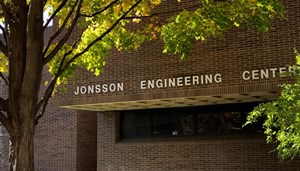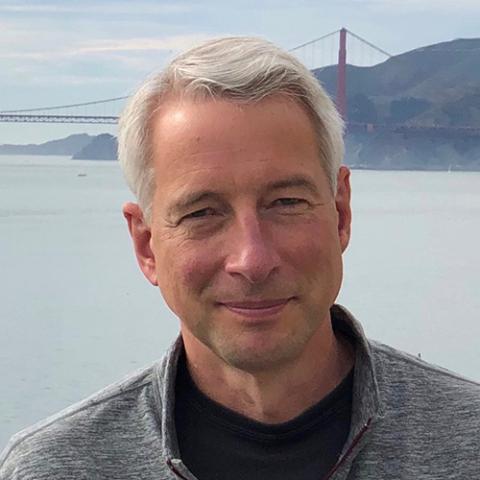
On solving the hardest problems, supporting innovations in semiconductors, and mentoring the next generation of founders
Tell us briefly about yourself.
I was born and raised near Pittsburgh, PA. In school, I gravitated to sports, math, and science. I wanted to “make things,” so I chose to pursue a materials science degree at Penn State. During a summer internship with Intel in Arizona, I became fascinated with semiconductors. I chose to work at IBM, which was the pinnacle of semiconductor technology at the time. Early in my career at IBM, as I entered management, I decided to simultaneously pursue a graduate degree at RPI. I completed an MS in Manufacturing Systems in ’93 and went on to spend 25 years working for IBM, where I eventually ran their Vermont and New York chip fabs.
You completed your degree from RPI remotely. What was that like?
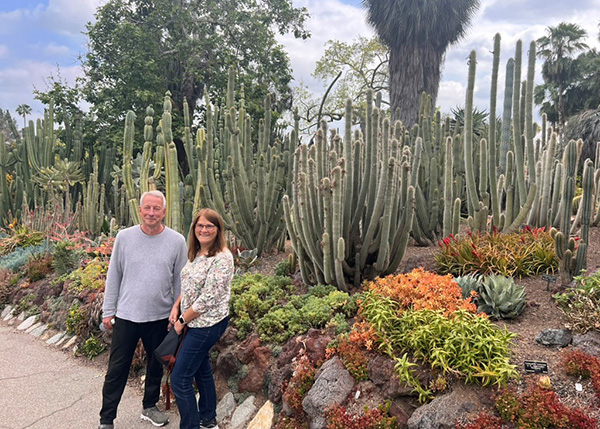 I took classes on nights and weekends and utilized remote coursework that was – showing my age here – recorded on VHS tapes. It was difficult to juggle school, work, and life, and it took me 5 years to get my degree. In retrospect the technology was primitive, but it was the only reason I was able to do this. The thing I remember most was that our nascent family earned 3 MS degrees in the same year (my wife also took the online RPI program as well as a degree at MIT Sloan) that our first of two daughters was born!
I took classes on nights and weekends and utilized remote coursework that was – showing my age here – recorded on VHS tapes. It was difficult to juggle school, work, and life, and it took me 5 years to get my degree. In retrospect the technology was primitive, but it was the only reason I was able to do this. The thing I remember most was that our nascent family earned 3 MS degrees in the same year (my wife also took the online RPI program as well as a degree at MIT Sloan) that our first of two daughters was born!
You are the co-founder of Silicon Catalyst, the world’s only incubator and accelerator focused exclusively on semiconductor solutions. How did you get to this position?
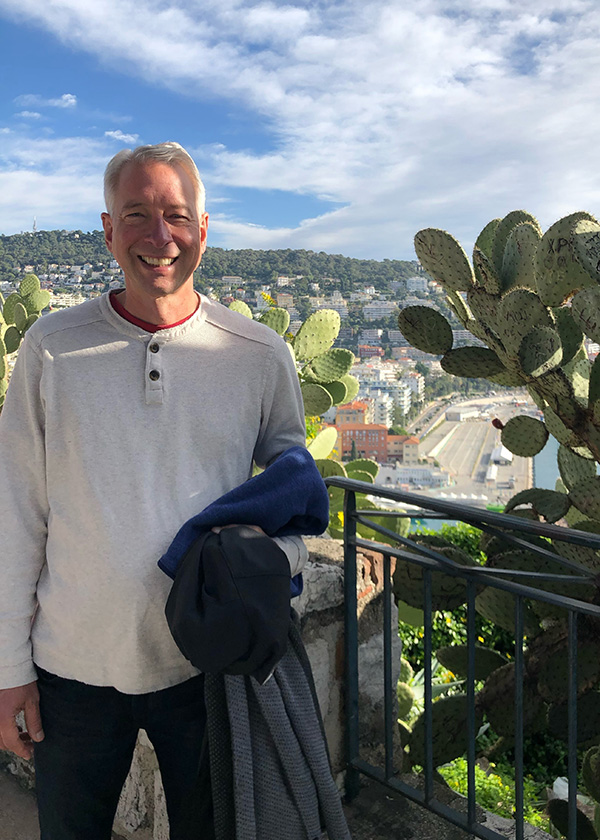 After finishing a CEO position at SEMATECH, a consortium of the leading chip makers based in Albany, NY, I connected with my two co-founders who wanted to help early-stage chip startups. It was a contrarian move as most considered semiconductors to be mature and left for dead by venture capital back in 2015. However, we believed that it was shortsighted and there would be a renewed demand for hardware innovation. I moved to Palo Alto to found and run the company – and it has been an incredible decade working and living in Silicon Valley, which is like Disneyland for tech and home base for venture capital and startups. Silicon Catalyst has seen over 1200 startups, admitted nearly 100 to our 2-year program, and they’ve raised nearly $1B with an aggregate valuation of about $3B. We surround the entrepreneurs with all the ingredients necessary to succeed: industry stakeholders, advisors, and investors. Now things have completely changed, semiconductors are in the news, and it’s going to be an exciting decade to come with startup innovation more critical now than ever. So, I have come full circle: manufacturing chips at IBM, leading semiconductor R&D at SEMATECH, and now helping disruptive companies at Silicon Catalyst find product-market fit in many industries.
After finishing a CEO position at SEMATECH, a consortium of the leading chip makers based in Albany, NY, I connected with my two co-founders who wanted to help early-stage chip startups. It was a contrarian move as most considered semiconductors to be mature and left for dead by venture capital back in 2015. However, we believed that it was shortsighted and there would be a renewed demand for hardware innovation. I moved to Palo Alto to found and run the company – and it has been an incredible decade working and living in Silicon Valley, which is like Disneyland for tech and home base for venture capital and startups. Silicon Catalyst has seen over 1200 startups, admitted nearly 100 to our 2-year program, and they’ve raised nearly $1B with an aggregate valuation of about $3B. We surround the entrepreneurs with all the ingredients necessary to succeed: industry stakeholders, advisors, and investors. Now things have completely changed, semiconductors are in the news, and it’s going to be an exciting decade to come with startup innovation more critical now than ever. So, I have come full circle: manufacturing chips at IBM, leading semiconductor R&D at SEMATECH, and now helping disruptive companies at Silicon Catalyst find product-market fit in many industries.
The advancement in semiconductor technology has been impressive. If you were to dream a bit, what are the most exciting directions today? What does the future look like to you?
It’s quite possible we are only getting started. We’ve been exploiting Moore’s Law scaling mostly at the chip level, but with AI the unit of compute is at the level of at least the rack if not the data center. That means we need to solve many energy generation, power distribution, and thermal cooling challenges in addition to inventing a successor to the transistor. My hope is that we solve these at a faster rate than our consumption of AI or we risk environmental sustainability. There’s no country better suited for technical innovation than the US and it’s my hope that we continue to take the lead to be both secure and prosperous for future generations.
You were recently appointed to the Industrial Advisory Committee, which advises the Department of Commerce on the research and development strategy for the CHIPS Act. Tell us about your experience.
The CHIPS Act is important because innovators need access to expensive prototyping facilities to scale up. Even within a profitable industry, there are some things that only government can take on. For fundamental technology advances, there are multiple grand challenges or moonshots that I’m hoping the CHIPS Act can help make a dent in, as its legacy. It’s the toughest and most rewarding challenge I’ve been involved with yet.
RPI is in a unique location with a strong chips/semiconductor ecosystem around us. How can RPI support the future of the semiconductor industry in the United States?
I believe that the key to a successful future is having the next generation of students believe that working on today’s most difficult technological advancements is actually really cool. It will be their ideas and perseverance that are needed to move us forward. Without their passion, we don’t stand a chance. RPI has a natural role in educating the next technical and business leaders and NY State is one of the hot spots for all things semiconductor.
You have had an interesting and varied career. How do you balance work and life? What advice can you share with current students at RPI as they plan for their future?
Take on the hardest problems you can reasonably tackle and avoid the jobs that conventional wisdom considers rewarding. Follow your instincts as to what you think will matter. You’re not always right, but learning to trust yourself is a skill that compounds and allows clarity on what to do, and most importantly what not to do. Try to explore interests in all facets of your life and learning should be a lifelong journey. For example, I’ve tried my hand at writing screenplays, novels, and even stand-up comedy – all which I have grown from in unexpected ways.
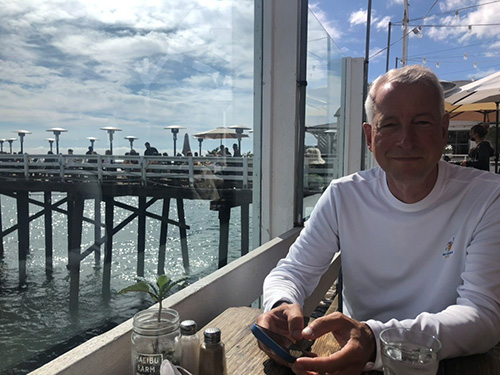 What do you do for fun?
What do you do for fun?
Mentoring the next generation of founders has been rewarding, but the interests I have outside of work help me keep everything in perspective. So, for me, that’s included reading challenging fiction and history (Neal Stevenson, Robert Caro), listening to podcasts (Pivot, Acquired), cooking (incorporating local ingredients from our farmer’s market), playing and watching competitive tennis (attending the US Open and Indian Wells each year), hiking (Santa Cruz mountains), and travel (exploring Europe’s and California’s wine regions). I always try to stay curious.
